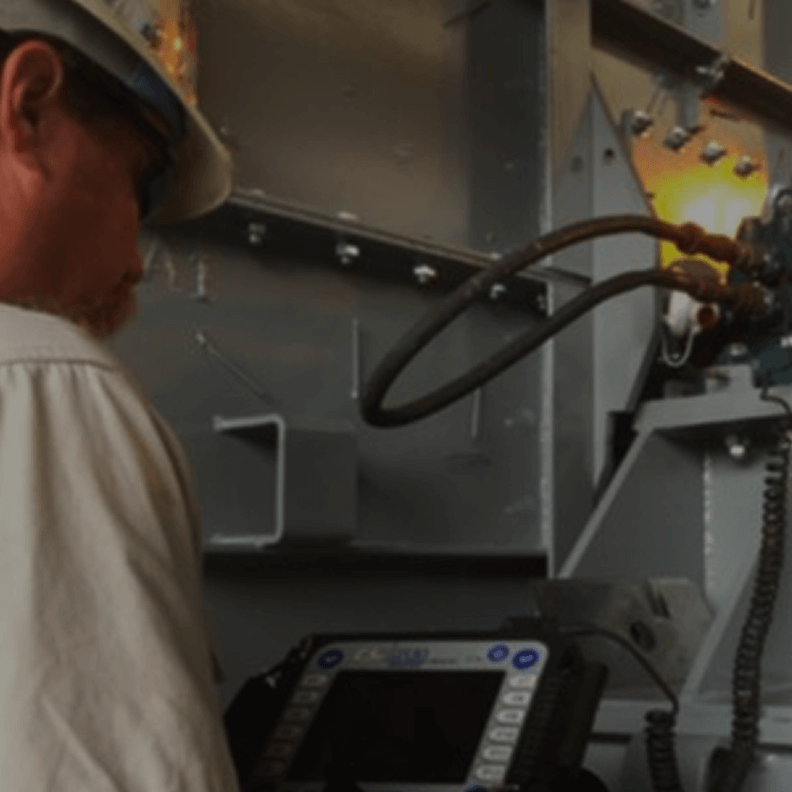Industrial Dampers for Fan Equipment
Robison Industrial Dampers are represented over several product designs and are primarily used for fan performance control, power savings, system isolation / shutdown, and more. Robinson Fans Engineering staff has engineered our dampers through years of research in both our laboratory, in-field use, and technical reviews to ensure our customers receive a product that lives up to our robust name.


Louvered Dampers
Louvered Dampers
- Parallel and opposing blade operation available
- Good for dirty air streams
- Can be used at fan outlet for system isolation
- Synchronized operation for DWDI fans available
- Custom, low leakage designs available
Radial Inlet Dampers
- Supported center cantilever design
- Good for SWSI, direct-to-inlet fan applications
- Operating linkage outside of gas stream


Radial Inlet Dampers


Variable Inlet Vane (VIV) Inlet Dampers
Variable Inlet Vane (VIV) Inlet Dampers
- Built as part of the fan inlet piece
- High efficiency in dampered condition
- Highest flow turn-down capacity
- Operating mechanism inside of air steam
Emergency industrial fan repair
Is your fan broken or needs repair ASAP!? Contact us now for 24/7 emergency fan service.
Other Types Of industrial Fans
From replacement fan parts to complete custom-designed industrial fans, we have you covered.
other services
Robinson values our market-leading technical expertise as well as our outstanding customer service.
We maintain these values in the services we offer to meet all of your industrial fan-related needs.
How
Can We
Help You?
How
Can We
Help You?
FAQs
- Dampers are traditionally added to the inlet of fan equipment when a customer requires control of the performance of the fan and does not have other means to do so, for example, through a VFD.
- Dampers can also be used to isolate a fan from a system and prevent backflow in the event that the fan needs to be shut down for maintenance.
- Dampers can also aid in high temperature fan cold-stat-up procedures, by lowering the HP required for cold gas stream conditions.





































